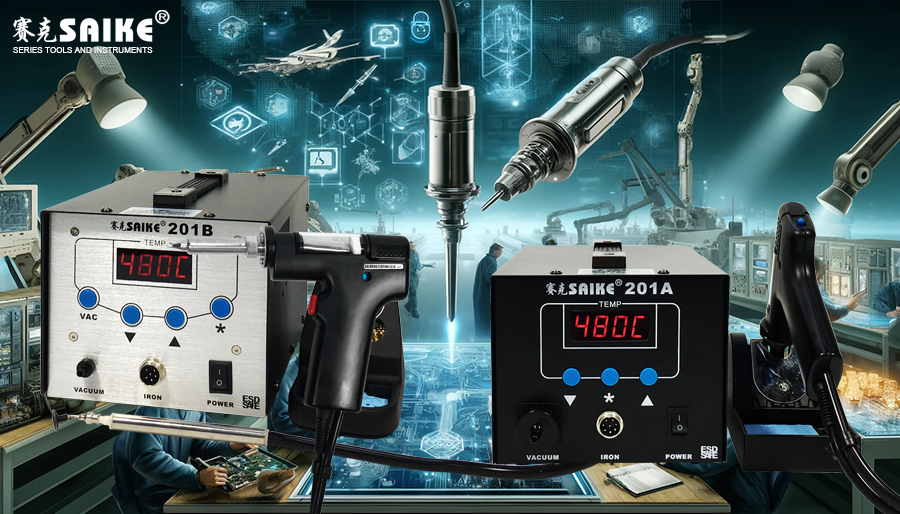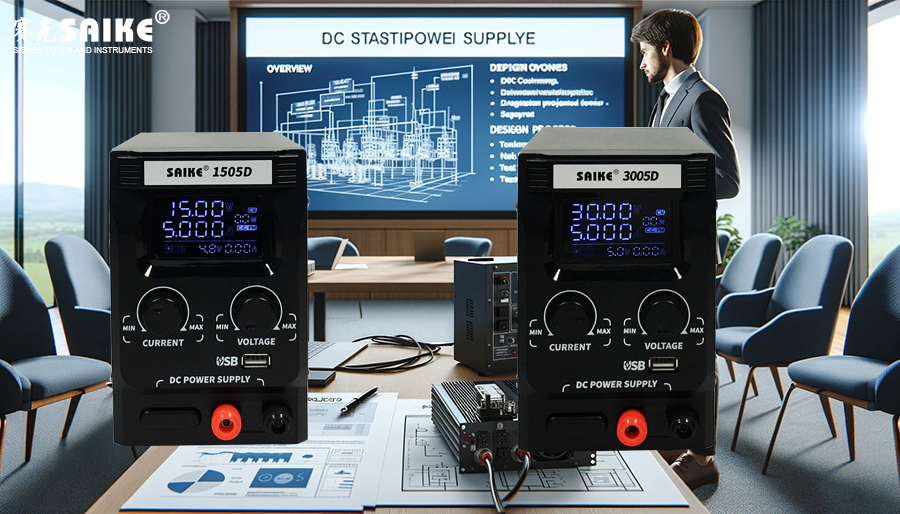
SK-YJ000ZLWYDY-KP 100028
I. Introduction
The PCB (Printed Circuit Board) layout and routing of a DC stabilized voltage supply are crucial for optimizing the performance of the power module. Reasonable PCB design can effectively reduce electromagnetic interference (EMI), improve power efficiency, and enhance the stability of the circuit. The following will introduce the basic points of PCB layout and routing for DC stabilized voltage supplies.
II. Layout Principles
1.Component Partitioning
– Partition the layout of power components (such as transformers, switch controllers), input/output components, and signal processing components to reduce mutual interference.
2.Position of Key Components
– Place key power components such as inductors and capacitors close to the controller to reduce the loop area and decrease EMI emissions.
3.Heat Dissipation Considerations
– For components with high heat dissipation requirements (such as switching regulators), consider sufficient heat dissipation space, and locate them close to the heat dissipation layer of the PCB or use a heat sink.
4.Interfaces and Connectors
– Place input/output connectors on the board edge or close to related functional areas for easy connection and reduced line interference.
III. Routing Techniques
1.Short and Wide Power Paths
– Design wider copper traces for high-current paths to reduce wire resistance and voltage drop.
2.Ground Handling
– Use a single-point grounding or distributed grounding approach to avoid ground loops and reduce noise interference.
– Design an adequate ground plane, especially in high-frequency signal and power sections, to ensure good ground connections.
3.Signal Line Protection
– Avoid parallel routing of high-speed or sensitive signal lines with high-current power lines to reduce interference.
– Appropriately use shielding and via technologies to protect critical signals.
4.Decoupling Capacitor Placement
– Place decoupling capacitors as close as possible to the power pins of the electrical components to provide fast charge replenishment.
IV. Electromagnetic Compatibility (EMC) Measures
1.Filtering Design
– Add appropriate filtering circuits, such as LC filters, at the power input and output to reduce ripple and noise.
2.Shielding and Isolation
– Consider using metal shielding or designing isolated areas on the PCB for parts that are highly susceptible to interference or generate interference.
V. Testing and Optimization
1.Prototype Testing
– After completing the initial PCB design, conduct prototype fabrication and testing, focusing on power efficiency, ripple, noise, and temperature rise.
2.Layout and Routing Adjustments
– Adjust the layout and routing based on test results to optimize EMI performance and power supply performance.
VI. Summary
The PCB design of a DC stabilized voltage supply is a comprehensive engineering task involving electrical performance, thermal management, and electromagnetic compatibility considerations. Good layout and routing techniques are crucial for improving the overall performance and reliability of the power supply. Designers need to continuously learn and practice, combining specific design requirements and test feedback to continuously optimize the design scheme. Through systematic design methods and rigorous testing and verification, the DC stabilized voltage supply can achieve optimal working conditions.


